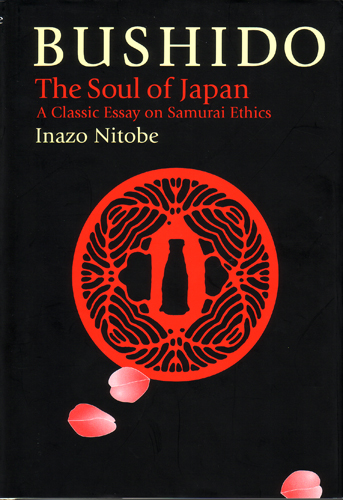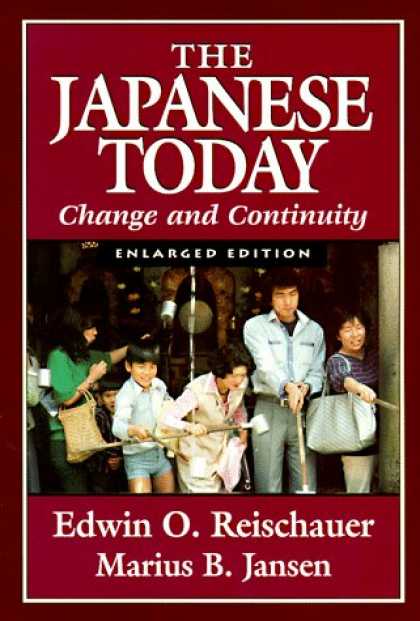 Bushido
Bushido is the first book about Japanese culture and values written by a Japanese specifically for Westerners. It was written in 1900 by the diplomat and educator Nitobe Inazo, who lived during the Meiji Period, a time of great social and political revolution, when Japan had emerged from isolation and was quickly modernizing and Westernizing. Nitobe wrote
Bushido in English, so that people in the Western world could understand the values that his people traditionally held to, and that underlied their assumptions and actions. The core virtues that Nitobe wrote about are what is part of Bushido, the Way of the Warrior, and include rectitude, courage, benevolence, politeness, sincerity, honor, loyalty, and self-control. Nitobe found parallels in these virtues to the Western concept of chivalry.
This book is an ideal place for Westerners to start an inquiry to Japanese values. It summarizes the core values traditionally held by the Japanese people, and the reasons for holding these values, in a way Westerners can easily understand. However, the book was written 110 years ago, and much has changed since then, so it should not be read as an authoritative source on modern Japanese values.
Discussion Questions:
- Why does Nitobe choose these particular values?
- What counterparts do these values have in Western culture? How are they similar? How are they different?
- Nitobe wrote this book 110 years ago. How have Japanese values changed since he wrote it? How have they stayed the same?
 The Ainu, the indigenous people of Japan, are very distinct from the modern Japanese, but not much has been written about them. Takako Yamada examines the Ainu culture, specifically looking at the mythology of the Ainu and their nomenclature for plants and animals, as well as comparing them to the Japanese and similar Siberian people groups. This anthropological study seeks an examination of their worldview, not to describe it from the standpoint of another culture.
The Ainu, the indigenous people of Japan, are very distinct from the modern Japanese, but not much has been written about them. Takako Yamada examines the Ainu culture, specifically looking at the mythology of the Ainu and their nomenclature for plants and animals, as well as comparing them to the Japanese and similar Siberian people groups. This anthropological study seeks an examination of their worldview, not to describe it from the standpoint of another culture.








